Land Rover’s model line-up had polarised in the 1980s. On the one hand, you had the utilitarian Defender workhorse in its showrooms and the ever-more luxurious Range Rover at the other extreme. This left a big gap in the middle that Japanese manufacturers were busy exploiting with the likes of the Isuzu Trooper, Mitsubishi Shogun, Nissan Patrol, and Toyota Land Cruiser. In short, Land Rover was missing out on a huge slice of the 4×4 market and this is where the Discovery made its much needed, if somewhat late, debut in late 1989.
Before this, the Discovery was known as Project Jay and had been developed using the 100-inch wheelbase Range Rover chassis as its base. It meant the new model would offer a much better on-road driving experience than the rough n’ tough Defender yet retain Land Rover’s all-important off-road prowess. However, the Discovery did have one seemingly insignificant but key development – a longer rear overhang than the Range Rover to allow for a bigger boot and seven-seat capacity.

Launched at the Frankfurt Motor Show in September 1989, the first Discoverys found eager buyers in the UK so that more than 3500 had been sold by the turn of the decade. These early cars came with a carburettor-fed 3.5-litre V8 engine or Land Rover’s new 2.5-litre 200TDi turbodiesel motor. All were three-door models at this formative stage, but responding to dealer and customer feedback, Land Rover added the five-door body as 1990 got under way. This point also saw the V8 engine receive fuel injection for a welcome improvement in economy, refinement and performance.
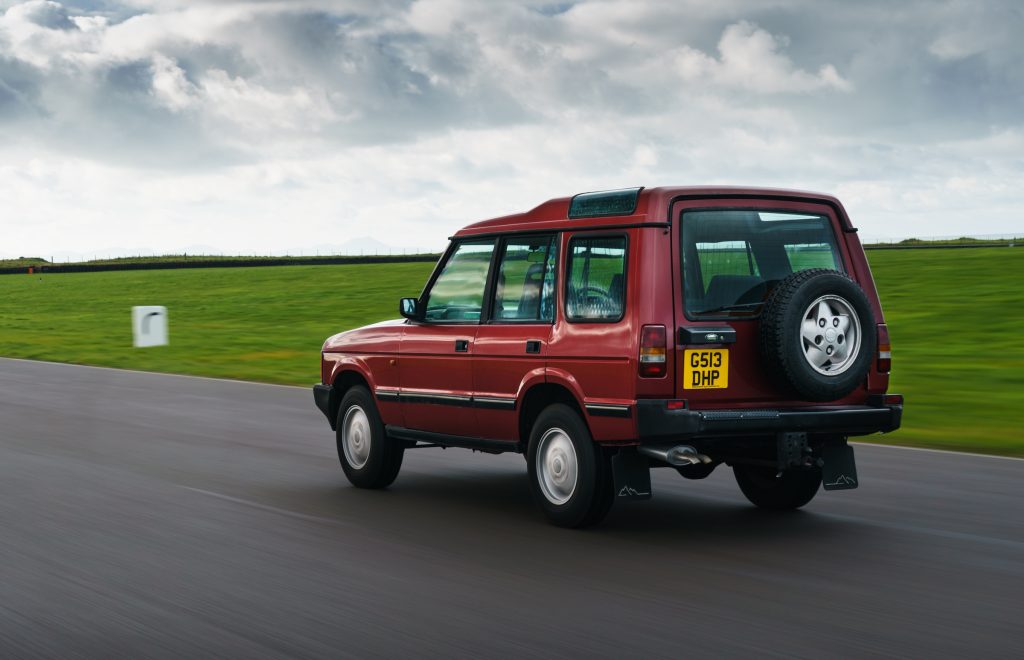
Drivers loved the Discovery’s blend of Defender-like ability coupled to a fair slice of Range Rover comforts. The cabin had been styled by Sir Terence Conran’s design company and was far more stylish than its rivals. You could also add an extra pair of fold-down seats in the boot to make the Discovery a seven-seater, which showed Land Rover had a very clear focus on family buyers for its new model.
Another addition that showed the British firm was intent on broadening the Discovery’s appeal as much as possible was fitting a 2.0-litre petrol engine. This MPi motor was underpowered but fitted in with company car taxation brackets at the time, opening up this lucrative sector for Land Rover. However, the turbodiesel engine was by far the most popular choice for new buyers in the UK and they were treated to an automatic gearbox as an option in 1992. Following this in 1994, an improved 300TDi engine replaced the earlier unit for improved power and emissions. The V8 was uprated at the same point to a 3.9-litre capacity, and all Discoverys received a facelift with new headlights, extra rear lights in the bumper, and an updated cabin that looked more like the Range Rover Classic’s.
Always equipped with full-time four-wheel drive and a low-ratio transfer ’box to make it very capable off-road, the Discovery Series 1 continued up until the autumn of 1998 when the Series 2 arrived. Although the two looked very similar, the second-generation Discovery was significantly different, so we’ll concentrate on the Series 1 model here as it gains ever greater acceptance as a classic alongside its contemporary Land Rover stablemates – including a spot in the 2021 Hagerty Bull Market List. We’ll also keep our focus on standard cars rather than the many S1s that have been modified for off-roading, as there are too many variables with these modifications for the scope of this guide.
What’s a Discovery S1 like to drive?
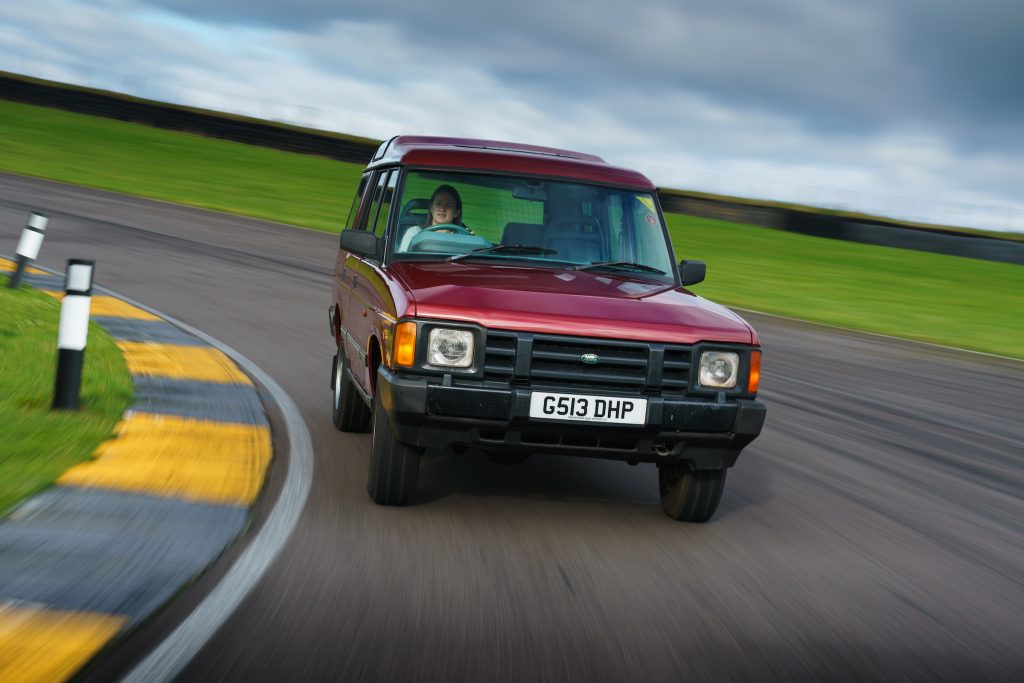
With so much borrowed from the Range Rover, it’s little wonder the Discovery S1 drives in a similar manner. The coil spring suspension lends a degree of suppleness to the ride quality that means you can head down any A- or B-road with complete confidence that even larger potholes won’t upset the car’s equilibrium. Tyres with tall sidewalls help here, too, as they absorb many of the sharper surface imperfections and keep them from being felt in the cabin.
Compared to a Nissan Patrol or Isuzu Trooper, the Discovery is far more comfortable and it’s also decently agile for this size and type of car. However, just like the Range Rover, you’ll soon find the Discovery leaning like a tree in a gale should you enter a bend a bit too quickly. The four-wheel drive helps with traction, but the sort of tyres fitted to most Discoverys will only offer grip up to a point before a big dose of understeer sets in. On the plus side, the power assisted steering is light and the turning circle is reasonably tight, which also helps when driving off the beaten track.
On the motorway, the Discovery S1 is stable and happy to cruise all day at 70mph. You’ll hear some wind noise around the door mirrors and windscreen, but the large glass area affords excellent all-round vision. Head off-road in the Discovery and it’s every bit as good as its fans will tell you. Whether climbing slippery gradients, plodding through mud, or bumping over ruts, it does it all in a more refined, sure-footed way than its rivals of the period. It’s also brilliant at towing, which makes it a handy choice for anyone with more than one classic in the garage. Need room? There’s plenty for up to seven people, though the rearmost seats are more occasional than the others.
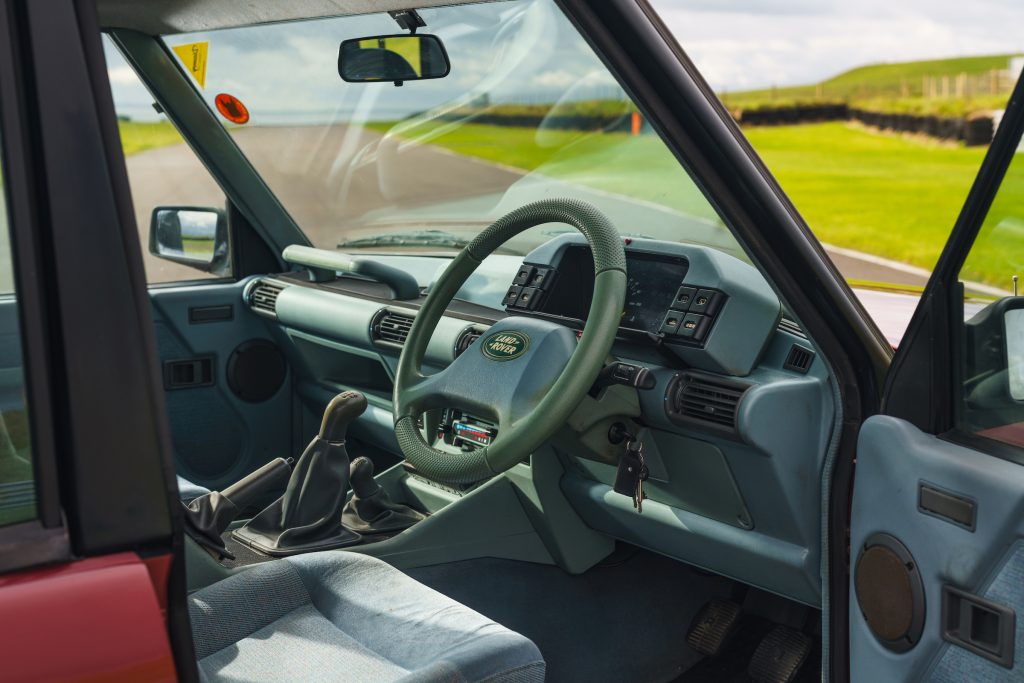
The character of the Discovery Series 1 is dictated to a large extend by the engine you opt for. When new, the four-cylinder turbodiesel engines were the bigger sellers in the UK. These 2.5-litre motors still hold appeal, especially if you intend to use your Land Rover for more than occasional, short trips thanks to their 30mpg fuel economy – 20mpg is about the best you’ll see from the V8s.
There’s a bit of rattle to the diesel when starting from cold and it’s never as smooth or silent as the BMW-sourced six-cylinder that made its way in the Range Rover P38A. However, the 200 and 300TDi units offer loads of torque at low revs for an easy driving experience, which is best with the five-speed manual gearbox rather than the auto; the latter makes the car quite sluggish off the mark.
On the off-chance you find one of the 136bhp 2.0-litre MPi four-cylinder petrol-powered Discovery S1s, you’ll then want to ponder whether it really suits you. It’s more refined at all speeds than the diesels, but it’s also underpowered – and having to work the engine hard quickly negates any fuel consumption advantage it might have over the V8, so the bigger motor is the better bet. You’ll also find the V8 is the most commonly available S1 now as many owners use them for pleasure rather than as everyday cars. It’s easy to see the appeal of the V8 in 3.5- and 3.9-litre forms, and it was also offered as a 4.0-litre in some export markets. The engine makes a lovely sound, has plenty of power, and is ideally suited to the automatic gearbox option, while there’s excellent spares backup for these old Rover units too.
How much does a Discovery S1 cost?
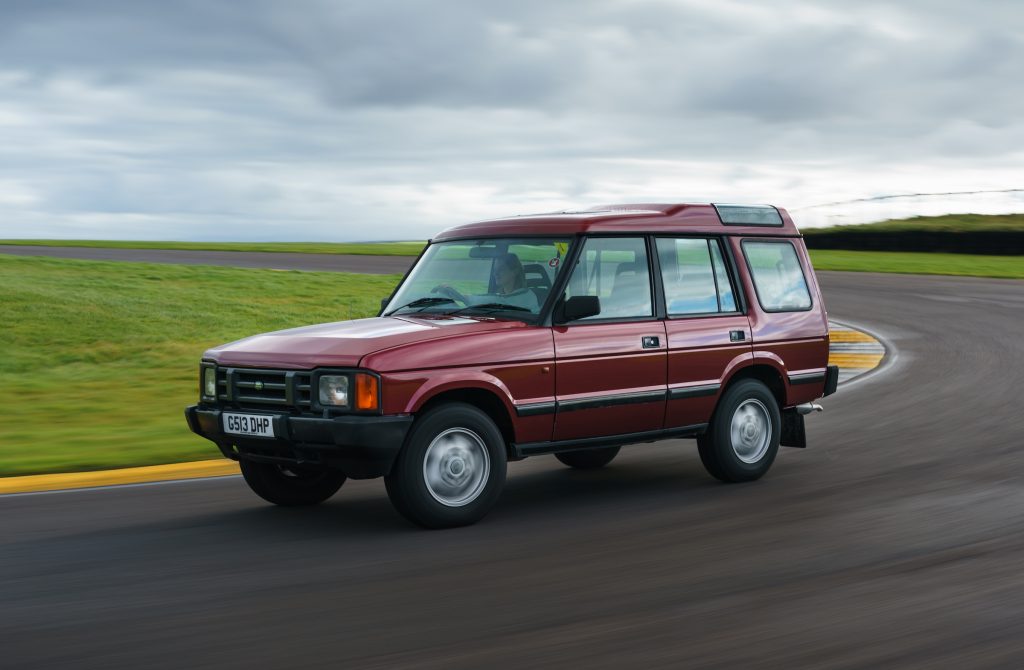
Scan the classifieds and you’ll still find Discovery S1s in running condition with an MoT from around £1500. These cars are going to bear the marks of plenty of use and a lot will have been used for towing or off-road driving. There are occasionally cars in fine shape that have simply been advertised at a low price, but a big spoonful of caution is needed in this price bracket.
Just as much circumspection is required when looking at cars that are superficially very clean and tidy at the £4500 point. Get your head under the car and inside the arches, as you’ll want to be satisfied it’s in good shape before parting with this sort of cash. However, this is also the price point where decent early S1s are found that have survived intact or, more likely, had plenty of work by previous owners to maintain or restore them. For the very best Discovery S1s, reckon on paying around £10,000.
Beyond this, only the very best examples can hope to achieve higher prices unless they are one of the 86 press cars or a pre-production model now referred to as a G-WAC car. This is because these cars had a G prefix registration with the final three letters ‘WAC’. The significance of these cars is now appreciated by diehard Landie types, and a well preserved or restored car can fetch £15,000 – sometimes more.
What goes wrong and what should you look for?
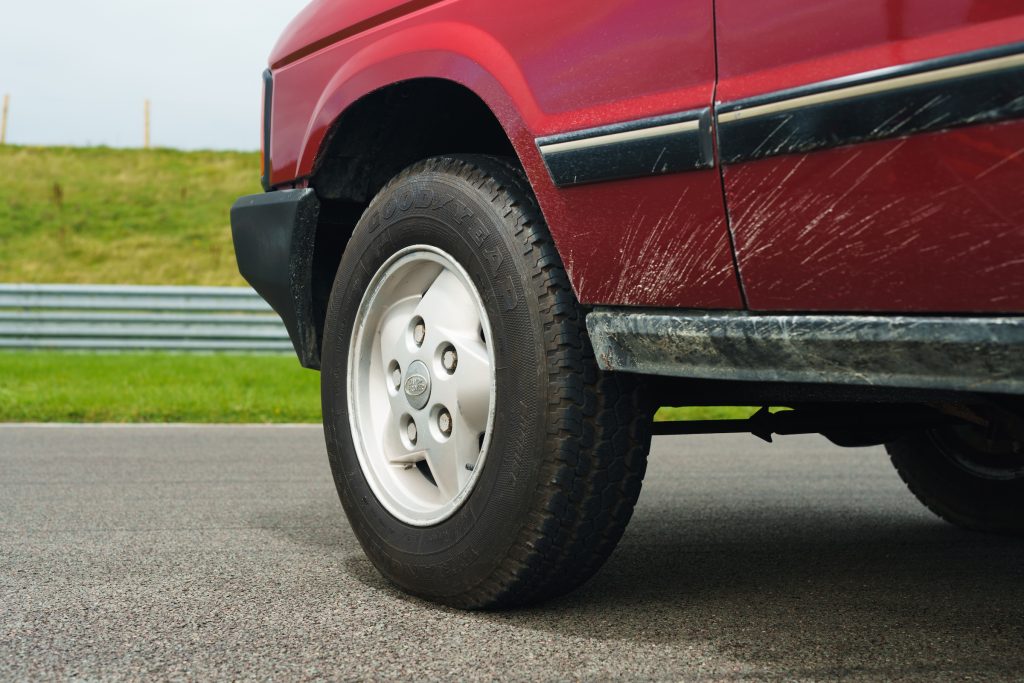
There’s good and bad news about rust for the Land Rover Discovery Series. The good news is any car that is seriously rotted out will most likely now be festering in a scrapyard or has long been crushed. More positive news is the chassis of this car tends to survive very well and doesn’t suffer the corrosion issues that afflict the Series 2 model, particularly at the rear of the frame. Still, you should check the main legs and crossmembers for damage caused by off-roading and poor previous repairs.
Now for the bad news: the bodywork. Even cars that are outwardly in good shape can hide all manner of rust, so you need to check the car methodically. The A-pillars, inner front wings and wheelarches, footwells, and boot floor all need close attention. If the car has the factory-fitted sunroofs, it’s almost certain they have leaked and allowed corrosion to take hold. Any car where the sunroofs have been sealed up to stop leaks may point to problems with rust in the floor panels. Round the back of the Discovery, open the large tailgate and feel for any free play caused by worn hinges. In some cases, the bottom of the back door will be rubbing on the top of the bumper.
Assuming all is fine with the chassis and body, it’s time to check the engine. The 2.0-litre MPi petrol is vanishingly rare, but if you do find one it’s worth checking the head gasket hasn’t failed. With the Rover V8 engine, camshaft and valve gear wear are the common problems, along with warped cylinder heads from overheating. With the 3.9-litre version of the engine, the cylinder bores can fracture, but this engine remains easy to source parts for, to fix, and to upgrade. If the car has been converted to run on LPG fuel, make sure the work was carried out professionally and has been maintained.
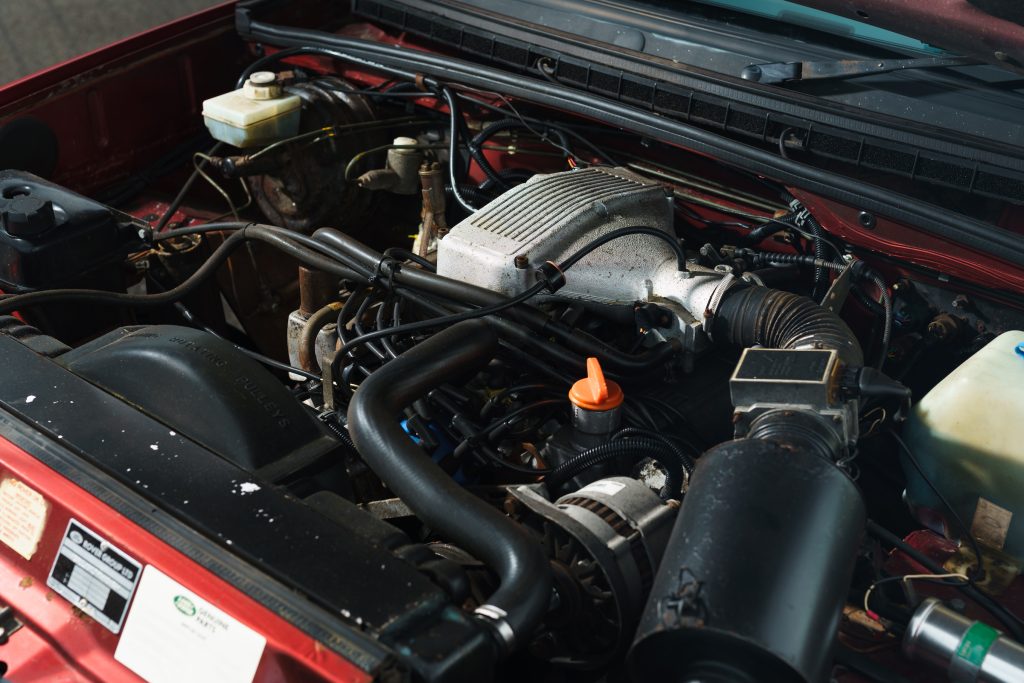
As for the four-cylinder 200- and 300 TDi turbodiesels, they will soldier on indefinitely so long as the cambelt it replaced every 70,000 miles and the oil is changed regularly – reckon on 6000 miles or annually. Smoke from these engines usually means the injection system needs attention.
The earlier manual gearbox can develop a stiff change action and need a rebuild, but the R380 ’box from 1994-on is generally better so long as it doesn’t make a crunching noise when selecting fifth gear. The four-wheel drive system of the Discovery needs some additional checks, so look for any oil leaks from the transfer case or clunk when selecting low ratio. You should also inspect the swivels at the ends of the front axle, power steering pump, and universal joints for wear. The Discovery is a heavy car and off-roading puts even more strain on the suspension, so expect to replace bushes and coil springs to reinstate a quiet, supple ride.
Pre-facelift Discovery S1s with the Conran-designed interior are more desirable, but finding fabric and parts to replace anything that’s worn or damaged is very difficult. The plastics on the steering wheel and dash also fade, but so long as they aren’t cracked it’s best to view this as patina. Worn gear lever gaiters are common and easily solved, but broken switches can be harder to find replacements for.
Which is the right Discovery S1 for you?
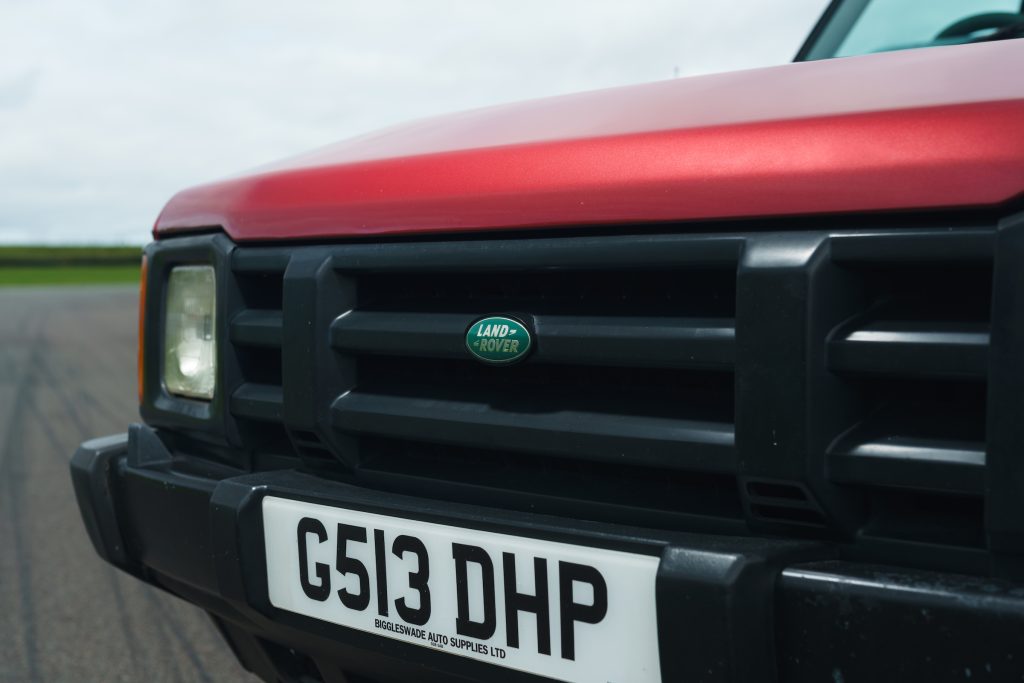
The first consideration when choosing a Land Rover Discovery S1 is whether to go for a three- or five-door car. While some prefer the looks of the three-door, it’s undeniable the five-door is a more practical car if you intend to use the rear seats. There are also more five-doors on sale at any given time as it became the more popular car when new. As for the third row of drop-down seats in the boot, they are best for occasional use as they are side-facing.
Next decision is between petrol and diesel power. If you want a Discovery S1 to use every day – and it’s perfect capable of this – then the TDi engines make sense. They’re not the most refined motors, but they are reliable and work well with the five-speed manual gearbox. The auto transmission that arrived as an option midway through the S1s life blunts acceleration with the diesels.
If you’re set on an automatic transmission, the V8 is the engine to have as it offers effortless power so long as you can keep pace with filling the petrol tank. With a manual ’box, the V8 feels quite brisk, but the auto it still the on to look for and we’d aim for a five-door in top-spec ES trim.
Read more
Future classic: Range Rover Classic 3.9
Buying Guide: Range Rover (1994 – 2002)
9 classic 4x4s that aren’t Land Rovers
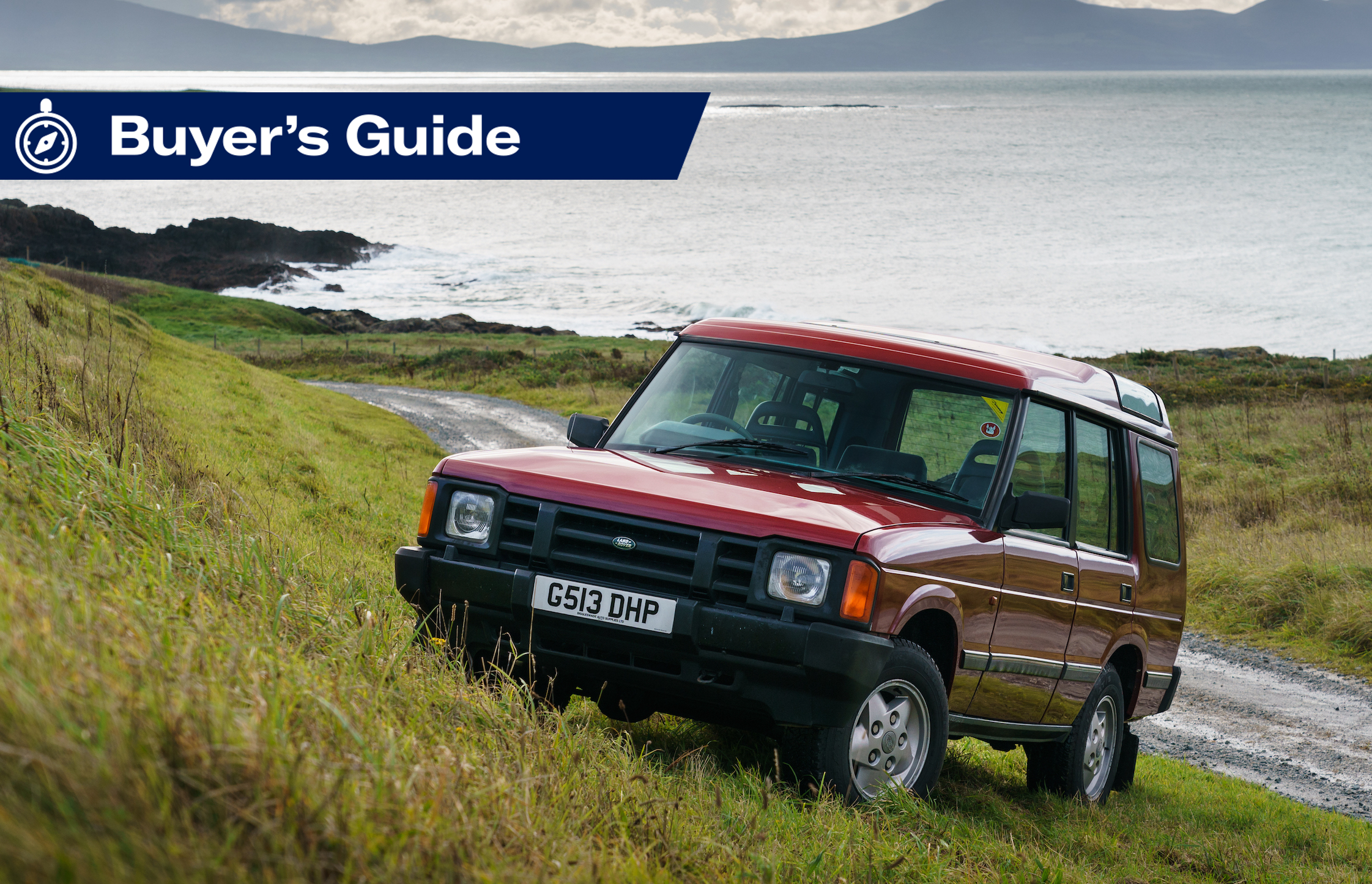








Nice and honest write up. Glad it’s out there. I’ve had my 95 300tdi about 15 years. Never off road or selected through transfer box. Rebuilt just about everything and welded with stainless steel, so no more rust… Every work done myself. I use mine every day for building work Very much enjoyed this read.
Thanks for this insight , picked up a 99 S1 Safari here in Spain – V8 Auto – rust free !!! Daily drive despite fuel costs.
I owned one of the original press Release Discovery’s which had engine no 60 or so.
At the time I used to commute from surrey to Norwich weekly driving at 80mphish speeds on dual carriage ways and it gave 18+ mpg so I am guessing had been blueprinted. We attended a get together near Coventry when some 8 of these originals were brought together, all had different build of the facias and ventilation ducts.
Mine had the feature of violently following motorway ruts (typical NS lanes near London) with violent sideways jumps that were difficult to keep within a lane above about 55MPH. Various experts examined it (including Dunsfold) and couldnt find the cause. I always wondered whether there was some subtle change in suspension geometry for actual production.
Apart from that it was an excellent drive and very comfortable.
A discovery you will love it or hate it ….. I rebuilt my 1996 300tdi. Galvanized chassis new floor new sills heavy duty air lockers winch awesome bit oh kit. Use it to haul wood out the forest…… Hope you have lots of fun with yours
Wife had a 96 for 15 years. Had the usual stuff go wrong . sunroof leaks ,rear door hinges , exhaust manifolds,non functional door handles .But man I miss that truck. Couldn’t beat it in WI winters. I sadly let it go for a song as I had no where to keep more cars .
I have G39…. Discovery ‘89 is it a significant reg ?